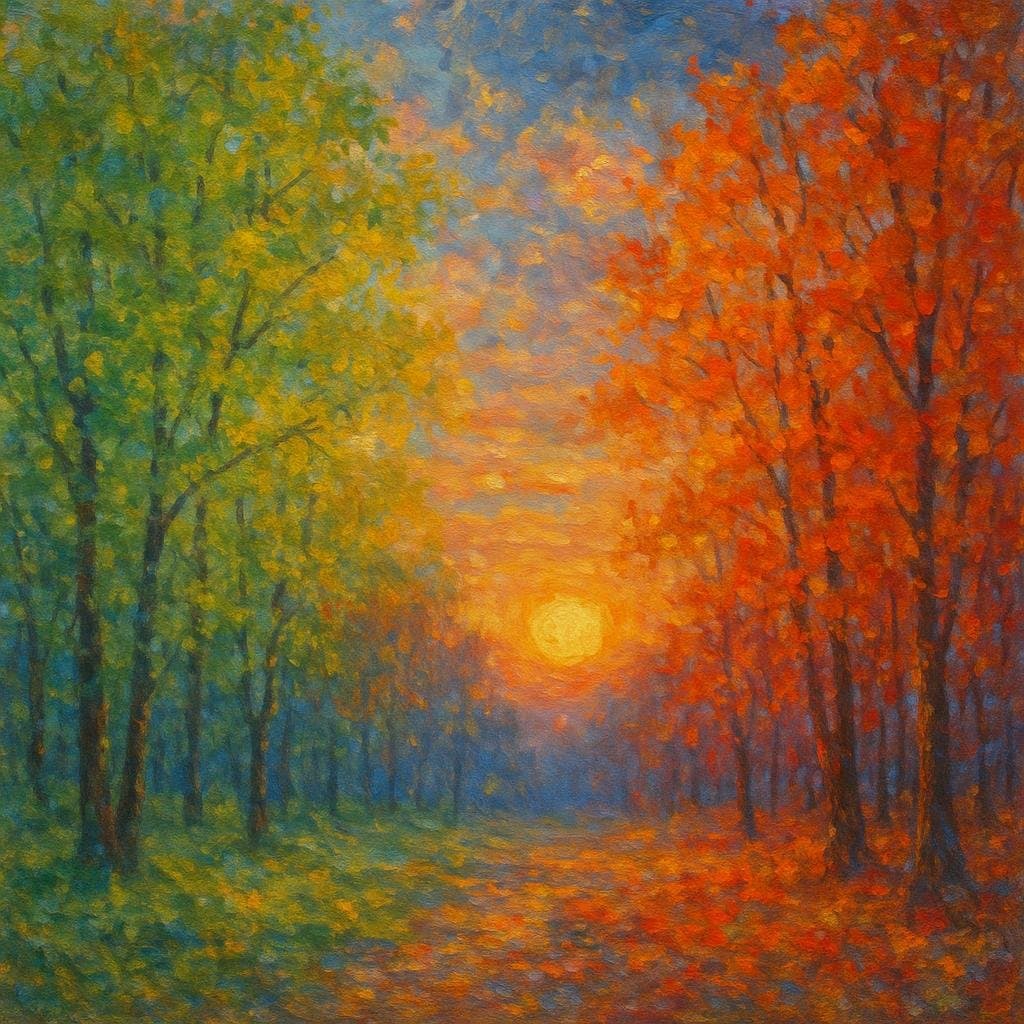Emotion: The Foundation of Every True Work of Art

A work of art which did not begin in emotion is not art. — Paul Cézanne
Cézanne’s Artistic Philosophy
Paul Cézanne’s assertion that art must be rooted in emotion reveals the depth of his creative process. He, along with many post-impressionists, saw art not as a technical exercise but as an emotional endeavor—a means to transmit feelings visually. By positioning emotion as the catalyst, Cézanne invites us to view every painting or sculpture as a manifestation of an internal impulse, rather than a mere replication of reality.
Emotion Versus Technique
Although technical mastery is essential, Cézanne’s statement prioritizes feeling over flawless execution. This idea distinguishes true art from craftsmanship: while both may require skill, only art transforms technique into a vessel for emotion. Echoes of this perspective can be found in Vincent van Gogh’s letters, where he laments that art born solely from technique feels empty, lacking the passion that breathes life into it.
Historical and Modern Perspectives
Transitioning through art history, we find similar attitudes in Romanticism, where artists like Delacroix championed personal expression over formal rules. Contemporary art critics continue to debate whether emotional genesis separates iconic works from the mundane. Marina Abramović, for example, insists her performances emanate from visceral feeling—suggesting the relevance of Cézanne’s viewpoint even today.
The Viewer’s Experience
Furthermore, works that originate in deep feeling often resonate more powerfully with audiences. When art is born from authentic emotion, it forges a lasting connection, prompting empathy or catharsis in the viewer. Kandinsky, in his text ‘Concerning the Spiritual in Art’ (1911), observed that such works vibrate with an intensity felt beyond words, transcending cultural and temporal boundaries.
Emotion as the Spark of Creativity
Ultimately, Cézanne’s belief reminds us that emotion is the spark igniting artistic innovation. This principle not only defines the nature of fine art but also guides artists as they search for inspiration. Rather than suppressing feeling, true creativity embraces it, channeling inner experience into universal forms. Thus, art’s enduring magic stems from its emotional genesis—a truth that holds across generations and genres.